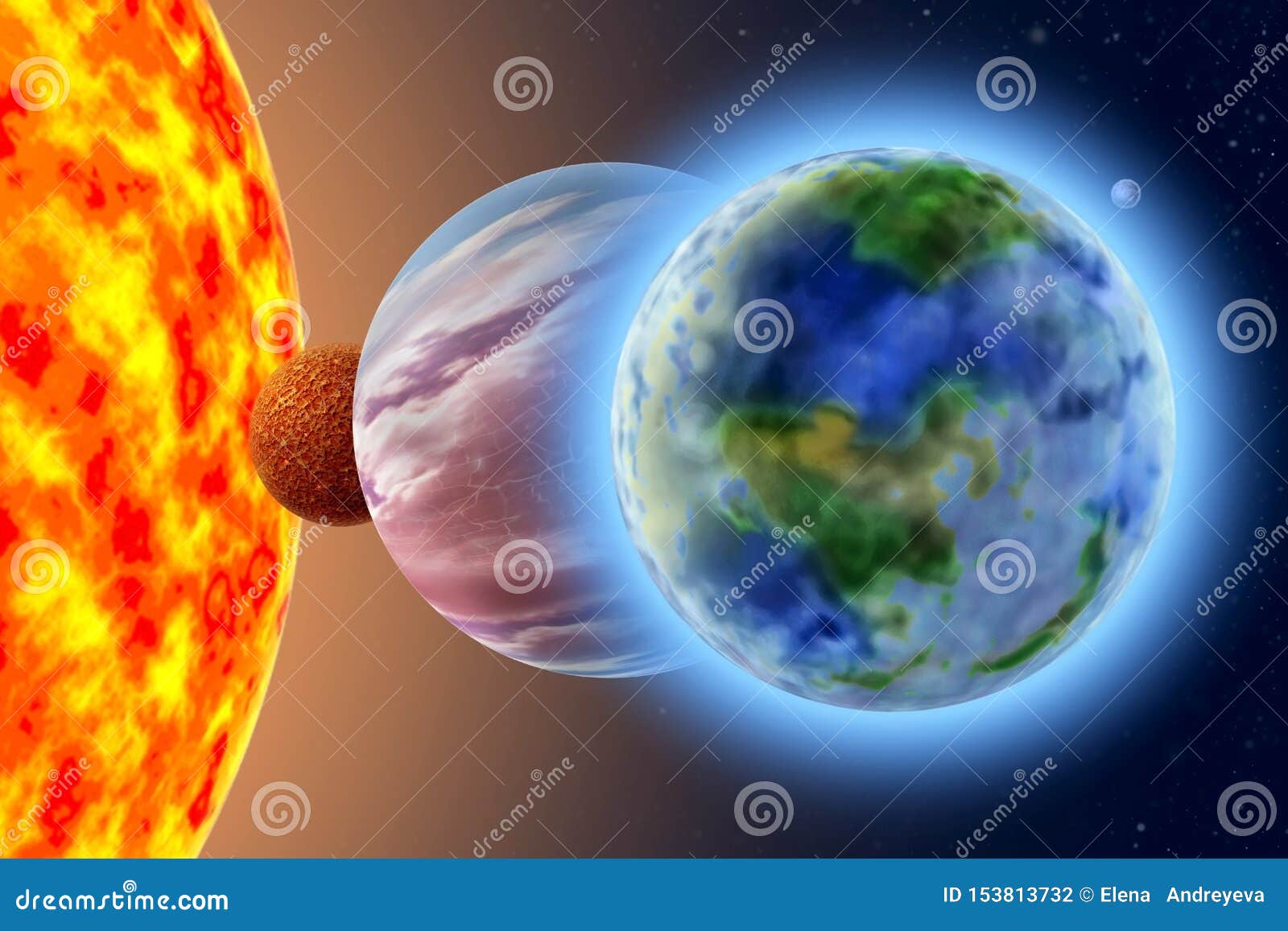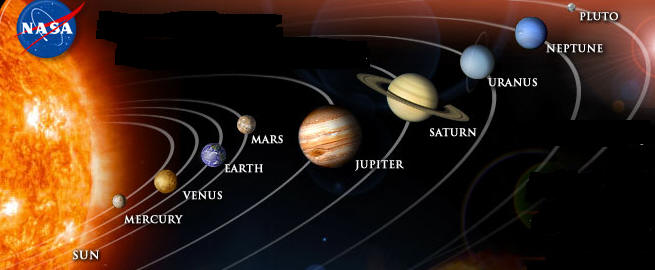The third planet in the solar system is Earth. It is the only planet known to support life. It is the largest of the four terrestrial planets.
It has an atmosphere, oceans, and land.
The third planet in the solar system is Earth. It is the only planet known to support life. Earth is the largest of the terrestrial planets and the fifth largest overall.
It has an average diameter of 12,742 kilometers.
Planets of Our Solar System | Science Grade 3 | Periwinkle
What is the 3Rd Planet Called?
The third planet from the sun is called Earth. It’s the only planet known to support life. Earth is the fifth largest planet in the solar system.
It has one natural satellite, the moon.
Which is the Third Solar System?
The third solar system would be the one located beyond our own Solar System. It would be the third major body of planetary material orbiting a star. Our current knowledge of the Universe suggests that there are likely to be many more solar systems out there, but we have not yet been able to directly observe them.
The most likely candidates for the title of third solar system would be one of the recently discovered exoplanetary systems.
Is Earth the 3 Planet in the Solar System?
No, Earth is not the third planet in the solar system. It is the fourth planet from the sun, after Mercury, Venus and Mars. There are also two dwarf planets in the solar system, Ceres and Pluto, which are located between Mars and Jupiter.
What is the Third Planet in the Galaxy?
There are an estimated 100-400 billion stars in the Milky Way galaxy. Each star typically has planets orbiting around it. So, there are billions of planets in the galaxy.
The third planet in the galaxy (from the sun) is Earth.

Credit: www.dreamstime.com
Solar System Planets in Order
Most of us have heard of the solar system and the planets that exist within it. But how much do we actually know about these planets? In this blog post, we’ll take a closer look at the solar system planets in order, from closest to the sun to furthest away.
Mercury is the closest planet to the sun. It’s also the smallest planet in the solar system. Mercury doesn’t have any moons.
Venus is the second planet from the sun. It’s slightly larger than Mercury and has a thick atmosphere. Venus doesn’t have any moons either.
Earth is the third planet from the sun. It’s the largest of the terrestrial planets (planets with solid surfaces). Earth has one moon.
Mars is the fourth planet from the sun. It’s the second largest of the terrestrial planets. Mars has two moons.
Jupiter is the fifth planet from the sun. It’s the largest planet in the solar system. Jupiter has dozens of moons.
Saturn is the sixth planet from the sun. It’s the second largest gas giant (a planet made mostly of gas and clouds). Saturn has over 60 moons.
Uranus is the seventh planet from the sun. It’s a gas giant like Jupiter and Saturn. Uranus has 27 moons.
Neptune is the eighth and final planet from the sun. It’s very similar to Uranus. Neptune has 14 moons.
Now that you know a bit more about the solar system planets, order them from closest to the sun to furthest away. Mercury, Venus, Earth, Mars, Jupiter, Saturn, Uranus, Neptune.
How Many Planets are There in the Solar System?
There are 8 planets in the solar system. They are Mercury, Venus, Earth, Mars, Jupiter, Saturn, Uranus, and Neptune. Pluto used to be considered a planet, but it has since been classified as a dwarf planet.
There are also many other smaller bodies in the solar system, such as asteroids, comets, and meteoroids.
What is the Fourth Planet in the Solar System
There are eight planets in the solar system, but the fourth one from the sun is a bit of an oddball. That’s because it’s not like the other planets in a couple of ways. First, Mars is much smaller than the planets that are closest to the sun.
Second, it has a very thin atmosphere. Finally, it has two tiny moons, Phobos and Deimos.
Mars is often called the Red Planet because of its reddish color.
That’s due to the iron oxide (rust) on its surface. Mars is also home to the tallest mountain in the solar system, Olympus Mons. It’s about 22 kilometers (14 miles) high and nearly 600 kilometers (370 miles) across at its base!
Despite its small size, Mars has some interesting features. For example, it has canyons and volcanoes. The largest volcano, Olympus Mons, is about three times the size of Mount Everest.
Mars also has the biggest dust storms in the solar system. These can last for weeks and cover the entire planet!
So, why is Mars so different from the other planets?
Scientists think that Mars used to be a lot like Earth. But, over time, it lost its water and atmosphere. This made it a lot colder and drier.
Mars is a great example of how a planet can change over time.
Conclusion
The Third Planet in the Solar System is Earth. It is the only planet that is known to support life. The other planets in the solar system are Mercury, Venus, Mars, Jupiter, Saturn, Uranus, Neptune, and Pluto.
